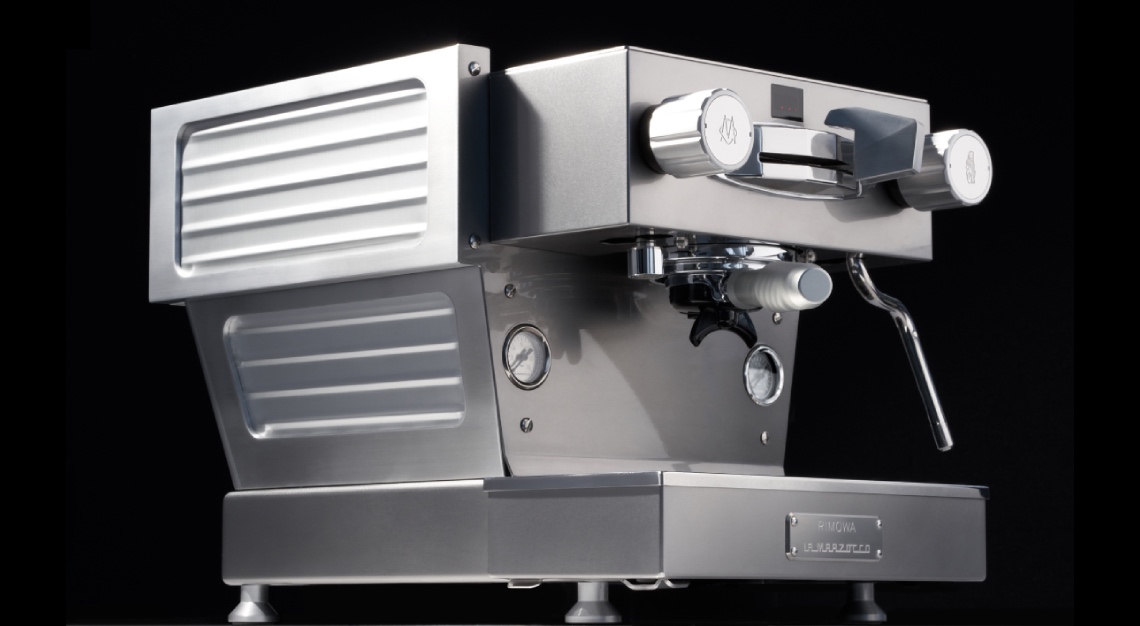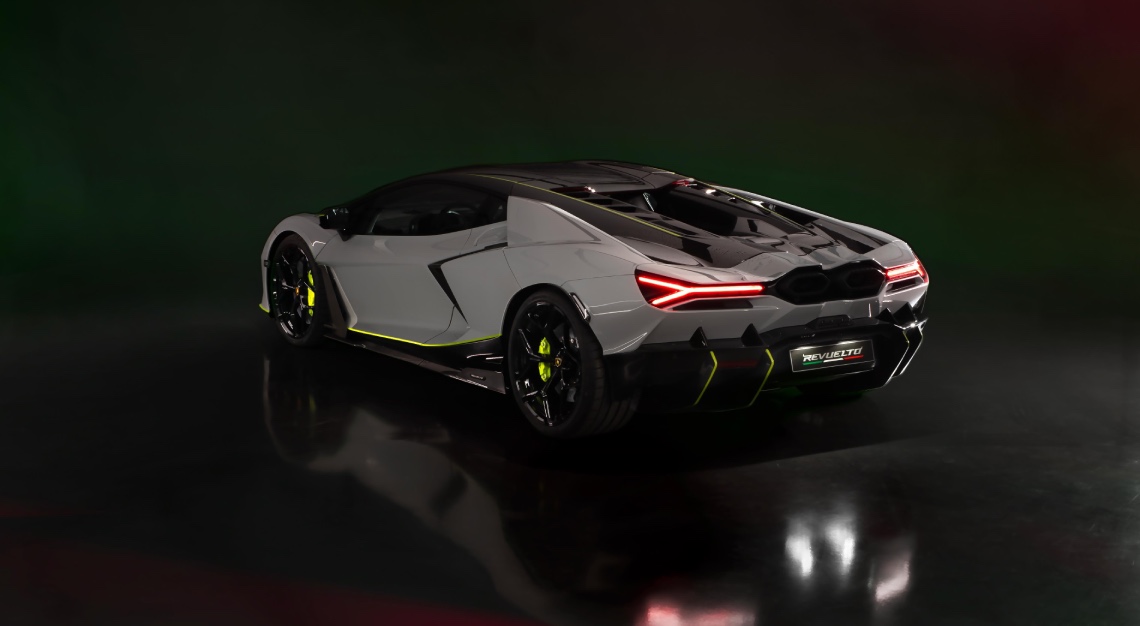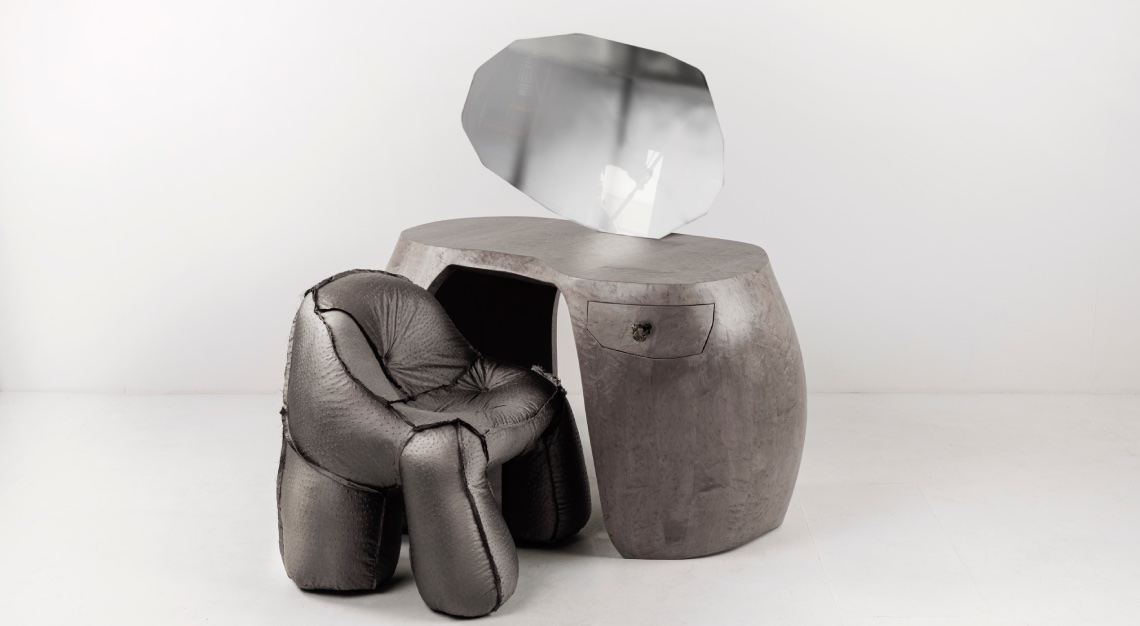The four-cylinder F-Type is every iota a sports car, well-equipped and priced reasonably, but is wanting in personality.
Porsche’s 718 Boxster and 718 Cayman made their debut last year with blown four-bangers, and today, we have the Jaguar F-Type in a two-litre, four-cylinder guise.
The engine in question is from the new Ingenium engine family, a close relative of the one used across the vast length and breadth of the Jaguar-Land Rover Group’s products.
Power figures are meaty enough, with 300bhp, 400Nm, plus the smaller powerplant is a big contributor to the 52kg weight loss over F-Type models equipped with Jaguar’s three-litre V6 engine.
It’s in line with what the four-cylinder 718 Cayman gets, though I can’t help but think Jaguar (and Porsche, for that matter) deliberately hamstrung the performance of their base models so as not to overshadow models higher up in the hierarchy.
The existence of the Mercedes-AMG A45 with its 381bhp two-litre engine should be conclusive proof that the reason for this F-Type’s (relatively) low power output is more political than technical. And it’s a hot hatchback, not a two-door sports car, so is not directly comparable.
It should already be clear that downsized, turbocharged engines are here to stay. Blame climate change, blame hawkish vehicular emissions lobbyists, but whatever it is, you’d better get used to it, because this is the new normal.
Not that the new normal is bad, mind you. If I’m honest, I found little to disagree with, objectively speaking. An uprated (read: louder) sports exhaust is standard on all F-Type models, so it starts with a literal bang, has a raspy tenor note and when being driven in anger, makes all manner of borderline lewd pops.
All told, it’s a great-sounding motor … for a hot hatchback. For a sports car, well, not so much. While the soundtrack of an angry lawnmower works for smaller cars, the same note coming from a sports car of the Jaguar F-Type’s pedigree is just a little incongruous.
Oh well, at least Jaguar has steadfastly resisted electronically piping in and amplifying engine noise, like what BMW has resorted to with the i8.
Mated to the brand’s ubiquitous eight-speed auto box, the dash from a standstill to 100km/hr is completed in 5.7 seconds, which makes this F-Type rapid enough, if not blinding.
It’s not a patch on the tyre-melting performance of the 550bhp F-Type R with its supercharged five-litre V8, but then again, the smaller kitty costs a little under half as much the full-fat F-Type, which is now only available from dealer Wearnes Automotive on a special order basis.
It’s not the quickest thing around, though thankfully, it’s far from the slowest. While the F-Type 2.0 didn’t lose that much in terms of outright performance, it’s lost a good deal of its personality in the downsizing transition, mainly stemming from its exhaust note.
And because of the downsized engine’s relative lack of poke and accompanying charisma, flaws that were easier to overlook in F-Types with more riotous powerplants are more difficult here.
Flaws such as how heavy the car is – at 1,525kg, the lightest F-Type today (52kg lighter than the V6 model) is still 100kg heavier than a base model Porsche 911 and a whopping 160kg more portly than the 718 Cayman. It’s not a problem unique to the F-Type 2.0, but where in the higher-powered variants, you could simply apply brute force to most problems, you can’t do it with the four-cylinder model.
And given the reduced power-to-weight ratio, the F-Type reveals what I’ve suspected all along – despite its compact dimensions, it’s a pretty clunky thing.
Its infotainment system is also beginning to show its age, with its small, low-resolution screen, and inputting an address for the satnav system is an incredibly fiddly process. I eventually gave up and resorted to using my phone to navigate to where I needed to go instead.
The interior door handles are now hard, black plastic, not metal (or at least, metal-effect plastic).
So, to answer the question earlier, are the prophets of doom right? Is the four-cylinder engine the death knell for good sports cars?
Well, no. Not completely, at any rate. At S$335,999, the Jaguar F-Type 2.0 is great value for a car that looks this good, and I think its looks will most certainly stand the test of time (slightly awkward single tailpipe notwithstanding).

















